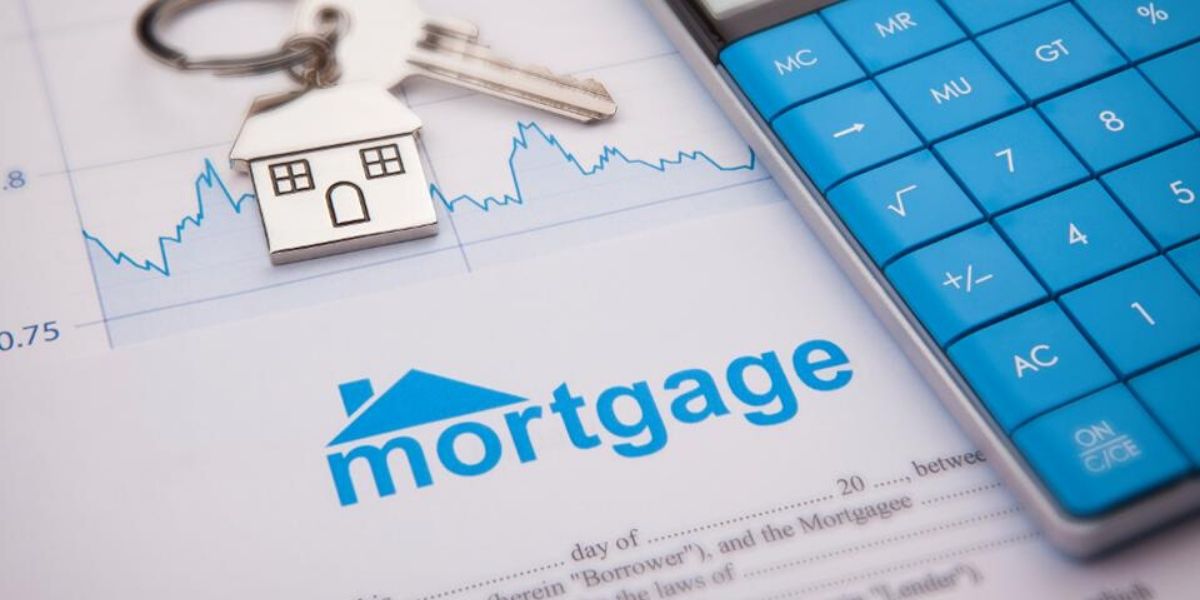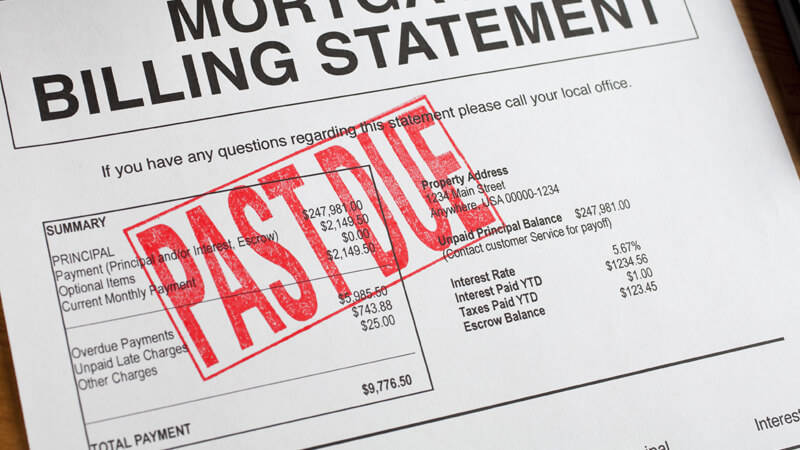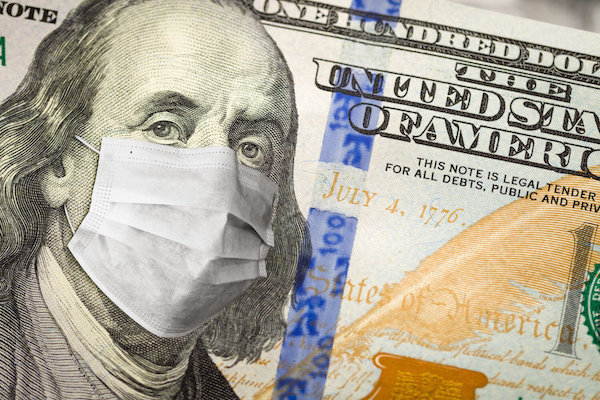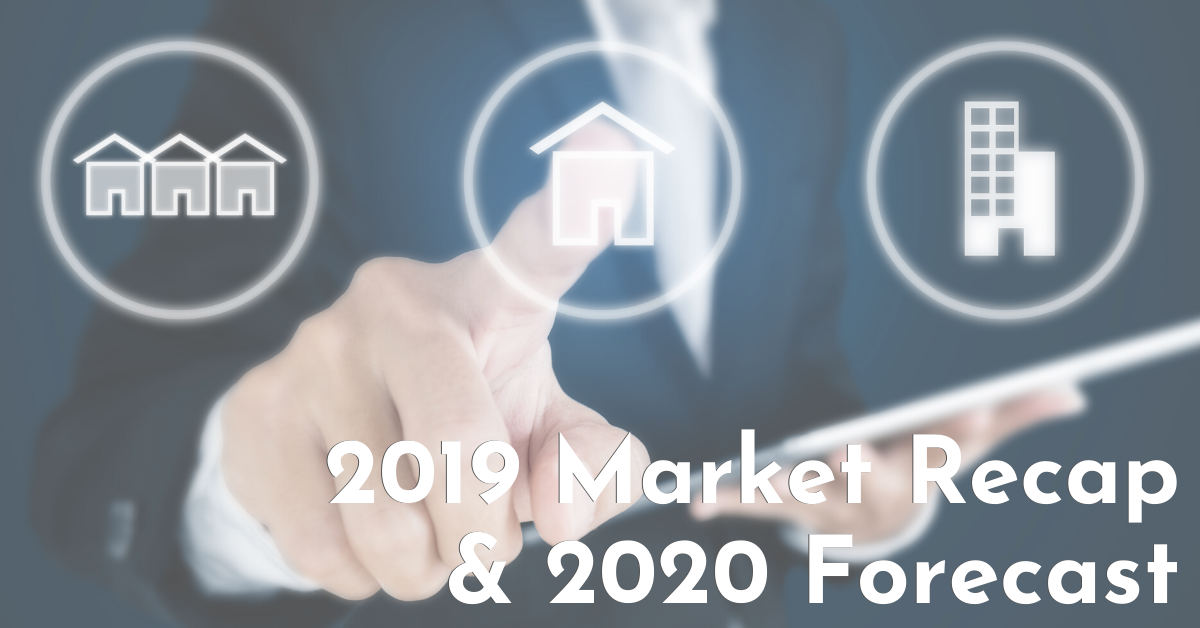
What is Mortgage Deferment or Forbearance?
Homeowners across the country are struggling to pay their mortgage as a result of reduced income/unemployment or other challenges related to the coronavirus pandemic. So what’s a homeowner to do? The answer: PAUSE payments; also known as deferment/forbearance .. until they can once again afford their monthly mortgage. Sounds easy enough, right? There are a few things to know before you go down this road.
Does deferment mean the same thing as forbearance?
No. Although both options allow you to temporarily stop making monthly payments, the terms deferment and forbearance are not interchangeable. The biggest difference is what happens at the end of the “pause”.
Mortgage deferment allows borrowers to repay the missed payments over time or simply add it to the end of their loan period (ie. making a 30 year loan a 30.5 year loan).
Mortgage forbearance, on the otherhand, requires a lump sum of all the missed payments to be paid at the end of the forbearance period.
In both scenarios, it’s important to note that interest may still accrue even when you’re in pause mode. The best thing you can do is to speak with your loan servicer and find out what solution makes the most sense for you and your financial situation. For instance, forbearance and deferment aren’t the only options – some lenders are offering repayment plans and loan modifications, as listed by Fannie Mae’s website (see below).
Forbearance does NOT mean your payments are forgiven or erased. You’re still required to repay any missed or reduced payments, at a future time.


The CARES Act
As many people know, the Federal Government created something called the CARES Act in an attempt to relieve economic burdens related to the coronavirus pandemic. Under the CARES Act, homeowners facing financial difficulties due to COVID-19 can receive forbearance for up to one year. Home loans that are backed by government-sponsored entities such as Fannie Mae and Freddie Mac will be easier to obtain. If you’re not sure what type of mortgage you have, reach out to your current loan provider.
Options that may be available
Option 1: Reinstatement
A reinstatement means that you pay the total forbearance amount all at once – you do not have to take this option unless you are financially able to make such a payment.
Option 2: Repayment Plan
A repayment plan allows you to bring your mortgage current over a period of time (up to 12 months). A repayment plan is an agreement that provides you with an opportunity to repay the forbearance amount on your mortgage by making additional monthly payments along with your regular monthly mortgage payments.
Option 3: COVID-19 Payment Deferral
A COVID-19 payment deferral allows you to bring your mortgage current by delaying repayment of forbearance amounts without changing other terms of your mortgage. This option may be available if you cannot afford a reinstatement or repayment plan.
Option 4: Loan Modification
A loan modification permanently changes the terms of your original loan. It is intended to make your payments or terms more manageable, and typically results in a lower monthly payment. Examples of the terms that may be changed include the interest rate or the term of the loan.
Consumer Financial Protection Bureau
https://www.consumerfinance.gov/about-us/blog/guide-coronavirus-mortgage-relief-options/

